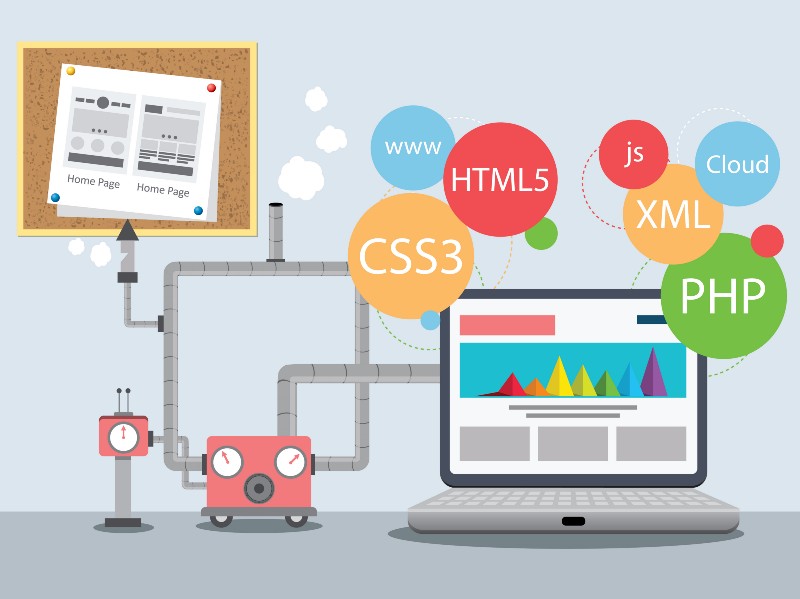
What do I need to be a Web Developer?
Knowledgeable but Confused…
I Know CSS, HTML, JavaScript even PHP and SQL/MySQL — What’s Next?
The software development landscape is like a maze to many — especially new entrants. New frameworks, methodology and languages are being created sporadically. So much that even pros are finding it daunting to keep up.
As if the diversity and evolution of software technologies are not enough, the vast number of platforms on which they run is jaw-dropping. When I started programming all I knew was desktop, web and mobile platforms.
However, as of today, we have IoTs, Personal Assistants like Alexa and Google Home, Self-driving cars etc. This can be one too big pill to swallow for a newcomer or beginner.
In this article I am going to show you the basic technologies you need to start Web Application Development and be called a web developer.
Enlightenment…
A typical web application, in terms of technologies (or programming language), will have the client-side and server-side. Let’s consider each of these categories to know where we belong.
Client-Side Technologies
The Client side (a.k.a front-end) technologies are primarily concerned with data presentation and user experience.
When you visit a URL like https://smattworks.com, the images, the texts and their positions and colours, the responsiveness of the page on mobile, the smooth scrolling — are all the handiwork of client-side Technologies.
Basic Client Side Technologies for Building Web Applications
-
HTML
-
CSS
-
JavaScript
Popular Client Side Frameworks/Libraries
- Bootstrap - CSS Framework for responsive web apps i.e. web apps that looks good on mobile and desktop without separate codes
- jQuery - JavaScript library for easy HTML DOM manipulation, animation, Ajax operations
- Angular - JavaScript Framework, usually used for Single Page Applications
- Vuejs - JavaScript Framework
- React - Another JavaScript library popularly used for building single page applications. It’s an alternative to Angular
Server-Side Technologies
The server-side technologies or programming languages are used to implement business logic necessary for the running of a web application.
Basic Server Side Technologies for Building Web Applications
- PHP (popular frameworks: Laravel, CakePHP, CodeIgniter)
- Java/JavaEE (popular frameworks: Spring, SparkJava, Play)
- JavaScript + Nodejs (popular combinations: Mongodb+Express+Angular+Nodejs a.k.a MEAN, Mongodb+Express+Reactjs+Nodejs a.k.a MERN)
- Python (popular frameworks: Flask, Django)
- Ruby (Ruby on Rails) ASP.NET MVC and others
Basic Database Skills
- SQL - The language used for reading data from and inserting data into relational databases
- MySQL - a relational database, very prominent on the web
- MongoDB - a NoSQL database. It’s stores data in key-value format as in a JSON
- PostgresSQL - another popular relational database that is open source and enterprise grade
Summary
You should at least be comfortable with HTML, CSS and JavaScript, jQuery, Bootstrap, Basic database skills and possess one server-side technology to be a web developer.
You can then, in addition, pick up any of Angularjs, Vuejs, React or any other client-side frameworks that are in use at the time of reading this post.
Those that major only in Client-Side technologies are majorly referred to as Front-end Developers while Back-end developers major in server-side technologies.
Actually, there’s a thin line between the roles, and it’s always good to have the minimum combination to be a web developer as stated above.
Full stack developers, among other things, have sound knowledge of client and server-side technologies coupled with server administration and code deployments.
Good luck in your software Engineering journey
